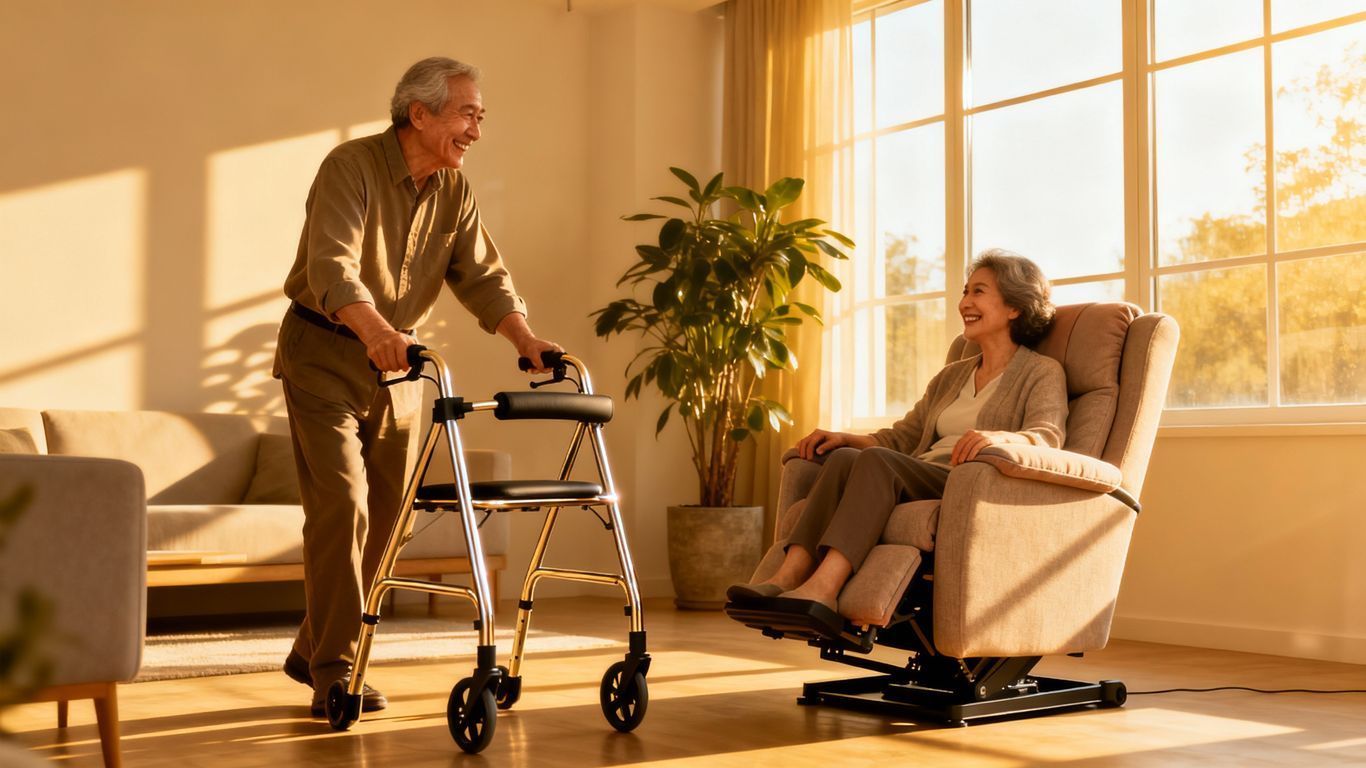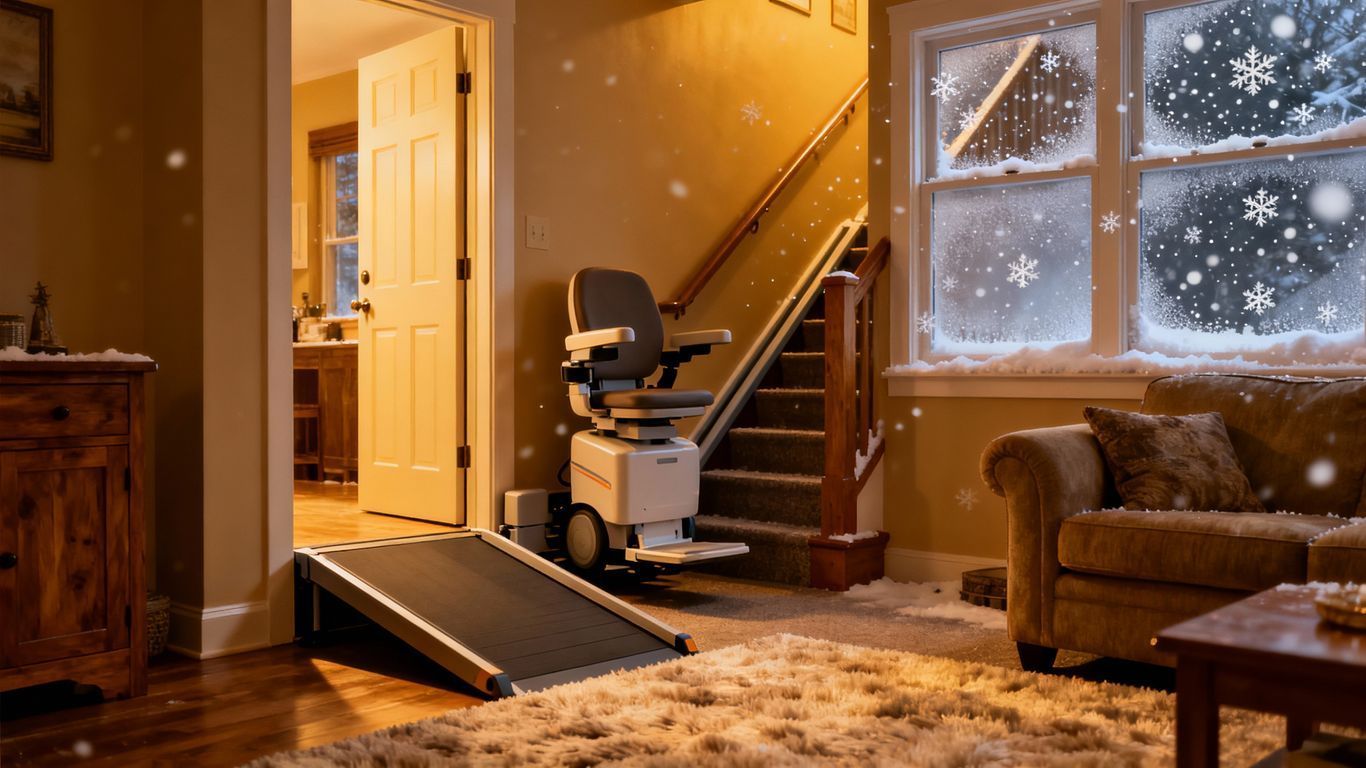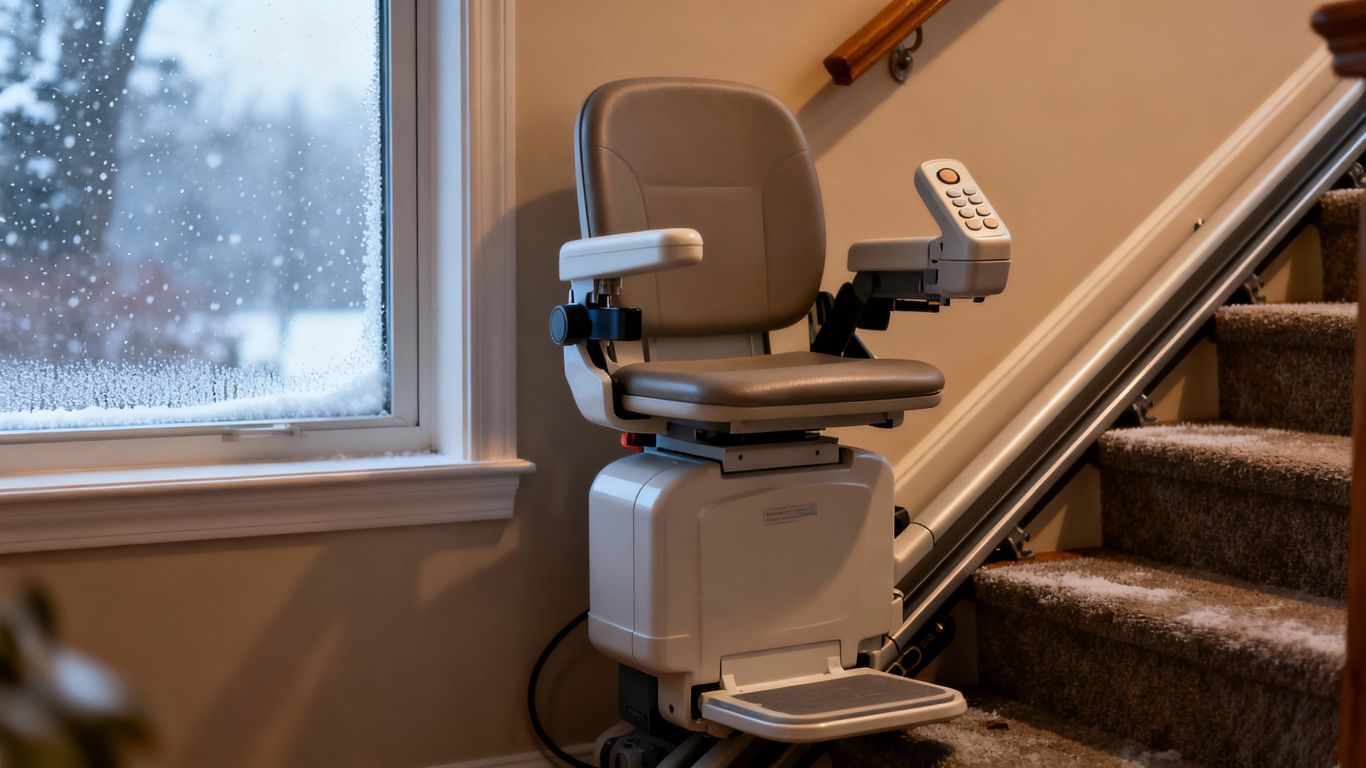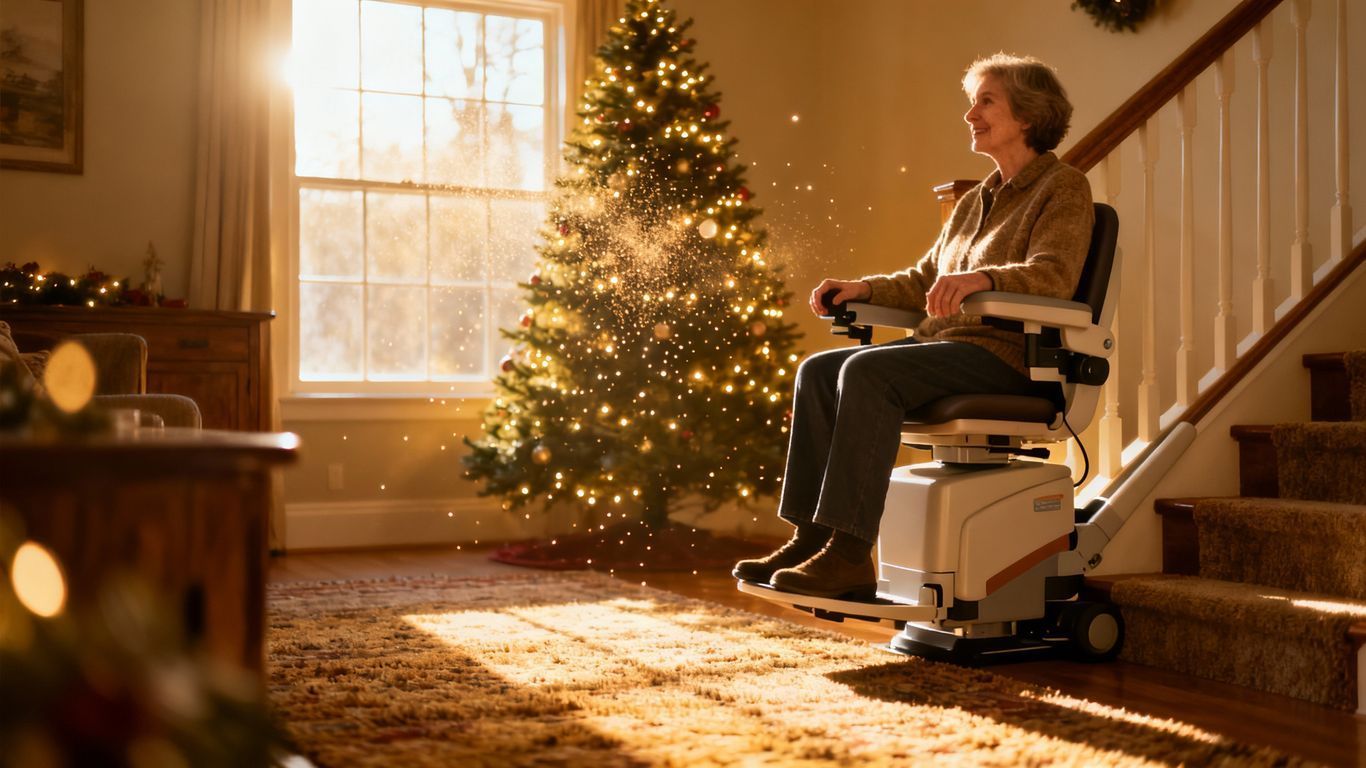Best Cars for Mobility Conversions in 2025: What Residents in LaFayette & Chattanooga Should Look For
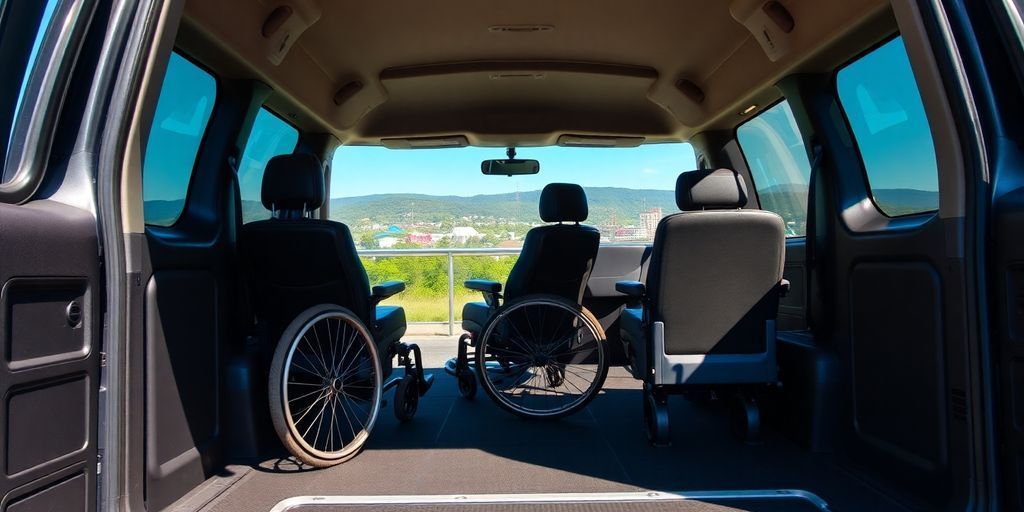
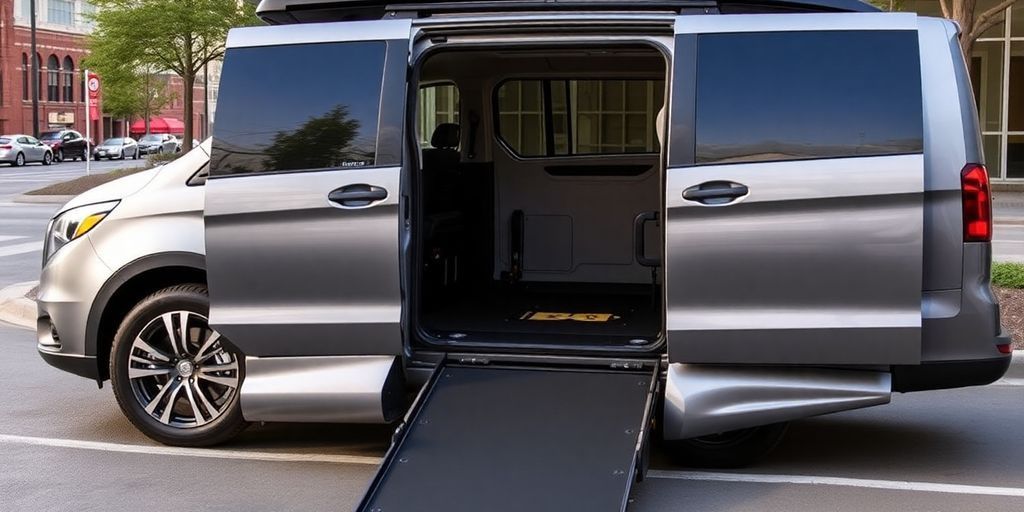
As we look ahead to 2025, finding the right mobility conversion vehicles is crucial for residents in LaFayette and Chattanooga. With a growing focus on accessibility and comfort, it’s important to know what features to prioritize when seeking a vehicle that meets your needs. This article will guide you through the key aspects and options available, making your search easier and more informed.
Key Takeaways
- Look for vehicles with a variety of accessibility features to suit your needs.
- Safety should always be a top priority; check for the latest safety features.
- Consider the technology available in vehicles for a more connected experience.
- Think about your budget and financing options before making a decision.
- Local resources can help with conversions and provide community support.
Key Features Of Mobility Conversion Vehicles 2025
Accessibility Options
When you're looking at mobility conversion vehicles, accessibility is obviously the main thing. It's not just about getting in; it's about getting around comfortably and safely once you're inside. Here's what to keep an eye on:
- Ramps and Lifts: Consider both manual and automatic options. Automatic ramps are easier, but manual ones are simpler to maintain.
- Doorway Width: Make sure the doorway is wide enough for easy access with your wheelchair or mobility device. A few extra inches can make a big difference.
- Interior Space: Check for enough room to maneuver inside the vehicle. You don't want to feel cramped or restricted.
Think about your daily routine. Do you need to transport other family members or equipment? How much space do you really need to feel comfortable on longer trips?
Safety Features
Safety is non-negotiable. Wheelchair van safety has come a long way, and the latest models are packed with features to protect you and your passengers:
- Securement Systems: These keep your wheelchair or mobility device firmly in place during transit. Look for systems that meet or exceed industry standards.
- Airbag Placement: Make sure the airbags are positioned to provide optimal protection, especially if you're seated in a wheelchair.
- Backup Cameras and Sensors: These can help prevent accidents when you're maneuvering in tight spaces.
Technology Integration
Mobility vehicles are getting smarter all the time. Technology can make your life easier and more connected:
- Smart Controls: Many vehicles now offer integrated control systems that allow you to operate various functions from a central interface.
- Connectivity: Stay connected on the go with built-in Wi-Fi and smartphone integration. This is great for entertainment or staying in touch with family and friends.
- Navigation Systems: Advanced navigation systems can help you find accessible routes and avoid obstacles. This is especially useful in unfamiliar areas.
Top Brands For Mobility Conversion Vehicles
Leading Manufacturers
When it comes to mobility conversion vehicles, a few brands really stand out. These companies have been doing this for a while and have a solid reputation for quality and innovation. You'll often hear names like BraunAbility and VMI (Vantage Mobility International) mentioned. They're known for their wheelchair vans and other accessibility solutions. Keep an eye on smaller, more specialized companies too; they might offer unique features or cater to specific needs.
Reputation And Reliability
Reputation is everything when you're talking about mobility vehicles. You want something that's going to last and be reliable, especially since these conversions can be a significant investment. Check out online reviews and forums to see what other users are saying about different brands and models. Look for brands with a history of good customer service and durable vehicles. Don't just take the manufacturer's word for it; do your homework.
- Read online reviews from multiple sources.
- Check for recalls and common issues.
- Ask conversion specialists for their recommendations.
Customer Support Services
Customer support can make or break your experience with a mobility conversion vehicle. What happens if something goes wrong? Is there a local dealer or service center that can help? Does the manufacturer offer a good warranty? These are important questions to ask before you make a purchase. A responsive and helpful customer support team can save you a lot of headaches down the road. Make sure they're easy to reach and willing to address your concerns.
Good customer support is more than just fixing problems; it's about building a relationship and providing peace of mind. You want to feel confident that you can get help when you need it, whether it's a minor issue or a major repair.
Considerations For Choosing The Right Vehicle
Size And Space Requirements
Okay, so you're thinking about getting a mobility conversion vehicle. First things first: how much space do you actually need? Don't just think about today; think about the future. Will your needs change? Do you need room for a wheelchair, a scooter, or both? What about family members or caregivers? Getting the right size is super important.
Consider these points:
- Measure your mobility device. Seriously, get out the tape measure.
- Think about cargo space. Groceries, luggage, medical equipment – it all adds up.
- Consider turning radius. A bigger vehicle might be harder to maneuver in tight spaces.
Budget And Financing Options
Let's talk money. Mobility conversion vehicles can be pricey, no joke. It's not just the vehicle itself; it's the conversion costs too. And don't forget about insurance and maintenance.
Here's the deal:
- Get pre-approved for a loan. Know your budget before you start shopping.
- Explore grants and assistance programs. There are resources out there to help.
- Factor in long-term costs. Fuel, maintenance, repairs – they all add up over time. You might want to look into wheelchair vans that are ADA compliant.
Don't be afraid to negotiate. Just like buying any other car, there's room to haggle. Do your research, know the market value, and be prepared to walk away if the price isn't right.
Fuel Efficiency And Maintenance
Fuel costs are no joke these days, and maintenance can be a real headache. A bigger vehicle usually means worse gas mileage. And specialized equipment can mean higher repair bills. So, think about fuel efficiency and maintenance before you buy.
Keep these things in mind:
- Consider hybrid or electric options. They might save you money in the long run.
- Ask about maintenance schedules. Know what to expect in terms of upkeep.
- Find a reliable mechanic. Someone who knows mobility conversion vehicles is a must.
Local Resources For Mobility Conversions
Conversion Specialists In LaFayette
Finding the right people to modify your vehicle is important. In LaFayette, GA, there are a few places that specialize in mobility conversions. It's a good idea to call around and get quotes from several different shops. Ask about their experience with different types of vehicles and what kind of warranties they offer. Make sure they are certified and have good reviews from other customers.
- Check online directories for local auto shops.
- Ask for recommendations from friends or family.
- Look for shops that specialize in adaptive equipment.
Chattanooga Mobility Services
Chattanooga, being a larger city nearby, offers a wider range of mobility services. You can find companies that not only do the conversions but also offer maintenance and repairs. Some even provide rentals if you need a temporary solution while your vehicle is being worked on. Don't hesitate to explore options just across the state line.
- Explore online resources for Chattanooga-based services.
- Consider the distance for ongoing maintenance needs.
- Check for shuttle services or loaner vehicles during conversions.
Community Support Groups
Connecting with others who have gone through the same process can be incredibly helpful. Local support groups can provide advice, recommendations, and emotional support. They often have information about the best places to get conversions done and can share their experiences with different products and services. Plus, it's just nice to talk to people who understand what you're going through. Consider joining a group to learn more about scooter and power wheelchair lifts.
It's easy to feel overwhelmed when starting the process of converting a vehicle for mobility. Support groups can offer a sense of community and shared knowledge, making the journey less daunting.
Innovative Technologies In Mobility Vehicles
Smart Features And Connectivity
Mobility vehicles are getting a serious tech upgrade! We're seeing more smart features that make life easier for everyone. Think about it:
- Voice-activated controls for everything from adjusting the temperature to opening doors.
- Advanced navigation systems designed to avoid traffic and find accessible routes.
- Integration with smart home devices, so you can control your lights and thermostat from your car.
These features aren't just cool; they make a real difference in daily life. The automotive industry is set to embrace significant innovations by 2025, featuring advancements in AI-driven immersive infotainment systems.
Adaptive Driving Aids
Adaptive driving aids are also becoming more common. These technologies help people with different abilities drive safely and comfortably.
- Steering assist that helps keep you in your lane.
- Automatic emergency braking that can prevent accidents.
- Adjustable pedals and seats that can be customized to fit your needs.
These aids are designed to make driving less stressful and more accessible. They can give drivers more confidence and independence.
Sustainability Initiatives
Sustainability is a big deal, and mobility vehicles are no exception. We're seeing more electric and hybrid options that are better for the environment. Plus, manufacturers are using more sustainable materials in the production process. This is a win-win: it's good for the planet and can save you money on fuel costs. Think about electric mobility vehicles as a great option.
User Experiences With Mobility Conversion Vehicles
Testimonials From Local Residents
Hearing directly from people in LaFayette and Chattanooga who use mobility conversion vehicles gives you real insight. It's not just about the features; it's about how these vehicles change lives. Some folks talk about regaining independence, being able to visit family more easily, or simply running errands without a huge struggle. You hear stories about customized vans making work commutes possible again, or SUVs adapted for wheelchair access opening up new social opportunities. It's the personal touch that really matters.
Case Studies Of Successful Conversions
Looking at specific examples of successful mobility conversions can be really helpful. These case studies often detail the type of vehicle, the specific modifications made, and the impact on the user's life.
- A minivan converted with a ramp and hand controls, allowing a veteran to drive again.
- An SUV adapted with a lift for a parent to transport their child with mobility challenges.
- A full-size van transformed into a mobile office for a self-employed individual with a disability.
These examples show the range of possibilities and how conversions can be tailored to individual needs. It's not a one-size-fits-all situation, and seeing how others have solved similar problems can spark ideas for your own situation.
Challenges Faced By Users
It's important to be realistic. Mobility conversion vehicles aren't perfect, and users do face challenges. Some common issues include:
- Higher maintenance costs due to the specialized equipment.
- Difficulty finding parking spaces that can accommodate larger vehicles or ramps.
- The emotional adjustment to driving a modified vehicle.
It's also worth noting that some users experience frustration with the learning curve of new adaptive equipment or the occasional need for repairs. Being aware of these potential hurdles can help you prepare and find solutions in advance.
Future Trends In Mobility Conversion Vehicles
Emerging Technologies
The world of mobility conversion vehicles is about to get a whole lot more interesting. We're talking about some serious tech upgrades that will change how people experience these vehicles. Think beyond just ramps and lifts; we're heading into an era of smart, connected, and highly adaptable vehicles.
- AI-powered personalization: Vehicles that learn your preferences and adjust settings automatically.
- Advanced sensor technology: Enhanced safety features and obstacle detection.
- Wireless charging: Convenient and cable-free charging solutions.
Regulatory Changes
The rules of the road are always evolving, and that's especially true for mobility conversion vehicles. Expect to see some shifts in regulations that could impact everything from vehicle design to driver requirements. It's important to stay informed about these changes to ensure compliance and safety. For example, advanced technologies are shaping the future of mobility.
- Stricter safety standards: More rigorous testing and certification processes.
- Updated accessibility guidelines: Ensuring vehicles meet the needs of a diverse range of users.
- Incentives and subsidies: Government programs to encourage the adoption of mobility conversion vehicles.
Market Predictions
What does the future hold for the mobility conversion vehicle market? Experts are predicting significant growth and innovation in the coming years. Demand is expected to rise as the population ages and awareness of mobility solutions increases. Here's what you can expect:
- Increased competition: More manufacturers entering the market with innovative products.
- Greater customization options: Vehicles tailored to individual needs and preferences.
- Expansion of rental and sharing services: Making mobility conversion vehicles more accessible to a wider audience.
The market is expected to see a surge in demand for electric and hybrid mobility conversion vehicles, driven by environmental concerns and the desire for fuel efficiency. This shift will likely lead to new designs and technologies that optimize battery range and performance.
As we look ahead, the world of mobility conversion vehicles is changing fast. New technologies and ideas are making it easier for people to switch from traditional cars to more eco-friendly options. This shift not only helps the environment but also makes travel more efficient. If you want to learn more about these exciting changes and how they can benefit you, visit our website today!
Wrapping It Up
In the end, picking the right car for mobility conversions in 2025 is all about what fits your needs. Whether you’re in LaFayette or Chattanooga, you’ve got options. Look for vehicles that are easy to modify, have good space, and come with the latest safety features. Don’t forget to check out local resources and talk to others who’ve been through the process. It can make a big difference. Remember, it’s not just about getting from point A to point B; it’s about making sure you can do it comfortably and safely. So take your time, do your research, and find the ride that works for you.
Frequently Asked Questions
What are the most important features to look for in a mobility vehicle?
When choosing a mobility vehicle, key features include easy access, safety options, and modern technology.
Which car brands are best for mobility conversions?
Some top brands known for mobility conversions are Honda, Chrysler, and Toyota due to their reliability and support.
How do I choose the right size vehicle for my needs?
Think about how much space you need for passengers and any mobility equipment you might have.
What should I consider regarding the cost of a mobility vehicle?
Make sure to look at your budget, financing options, and any additional costs for maintenance.
Are there local services that can help with mobility conversions?
Yes, both LaFayette and Chattanooga have specialists that can help with converting vehicles for mobility needs.
What new technologies are being added to mobility vehicles?
New features include smart technology for better connectivity, tools to assist drivers, and eco-friendly options.

